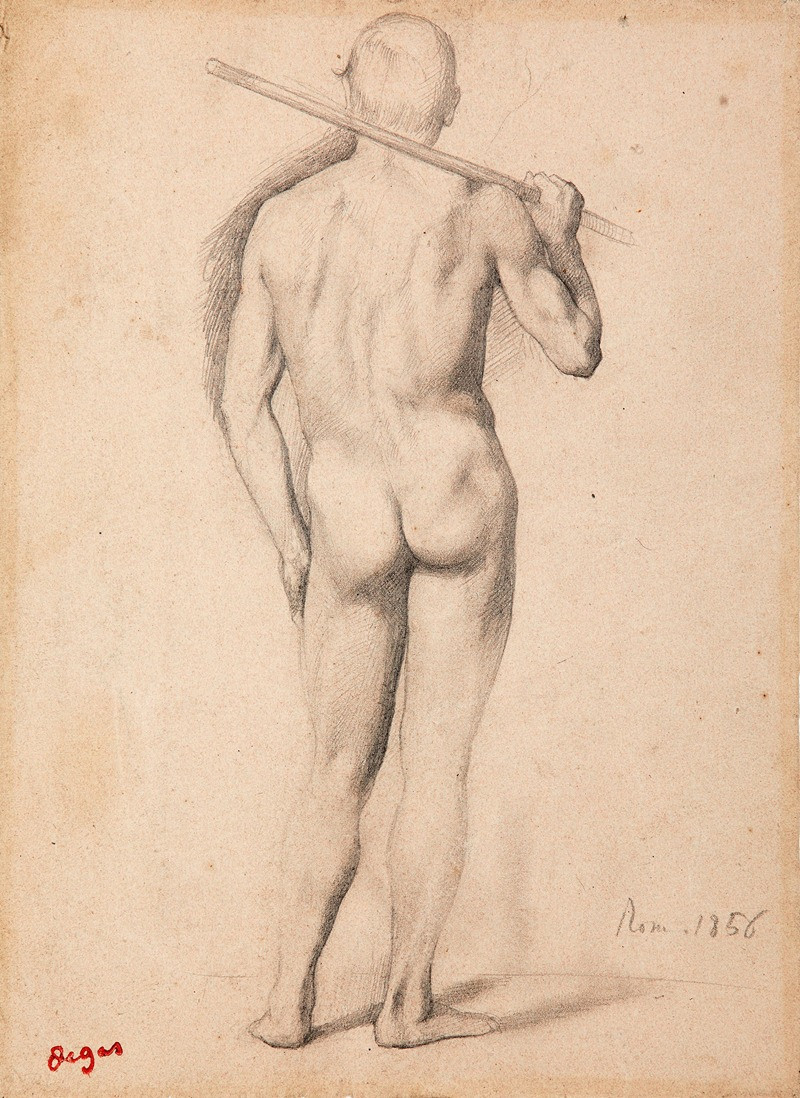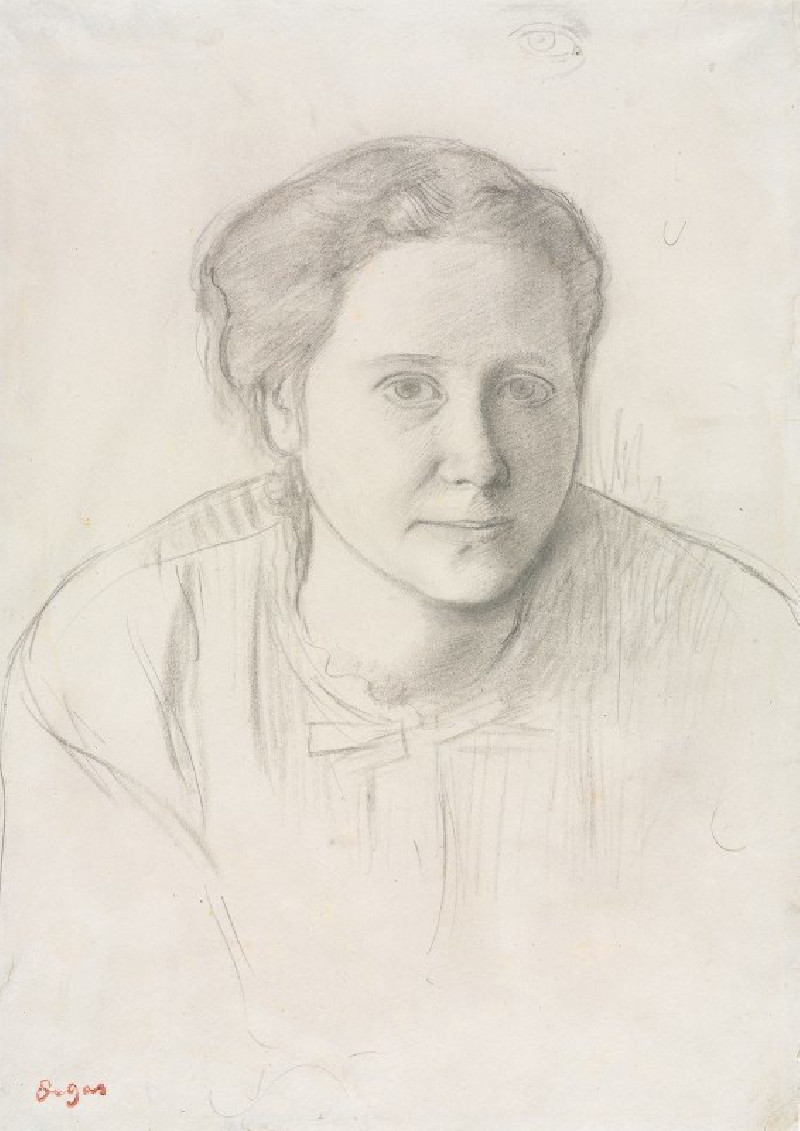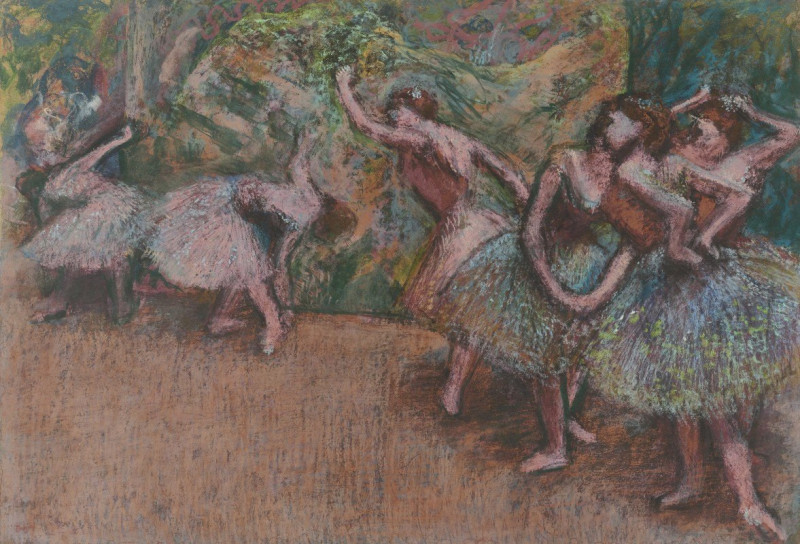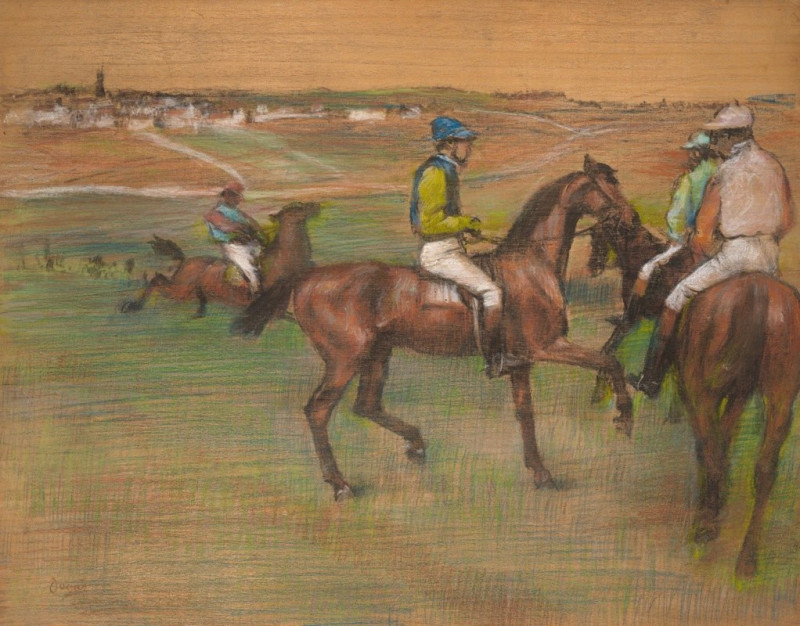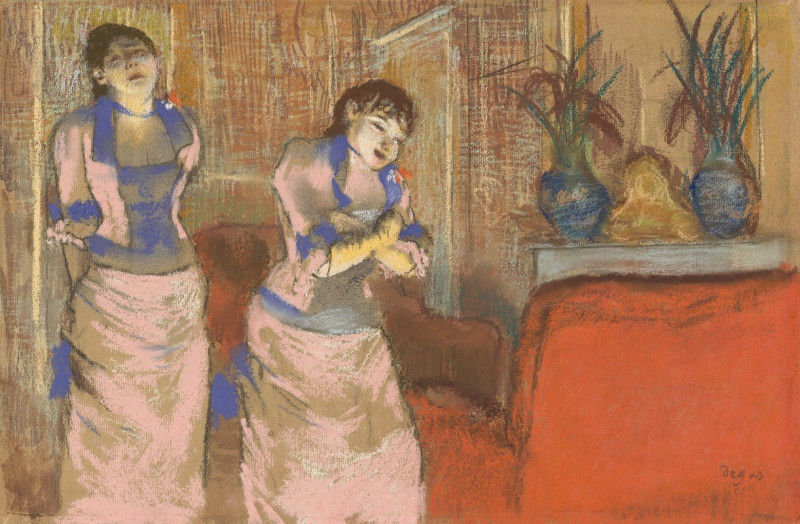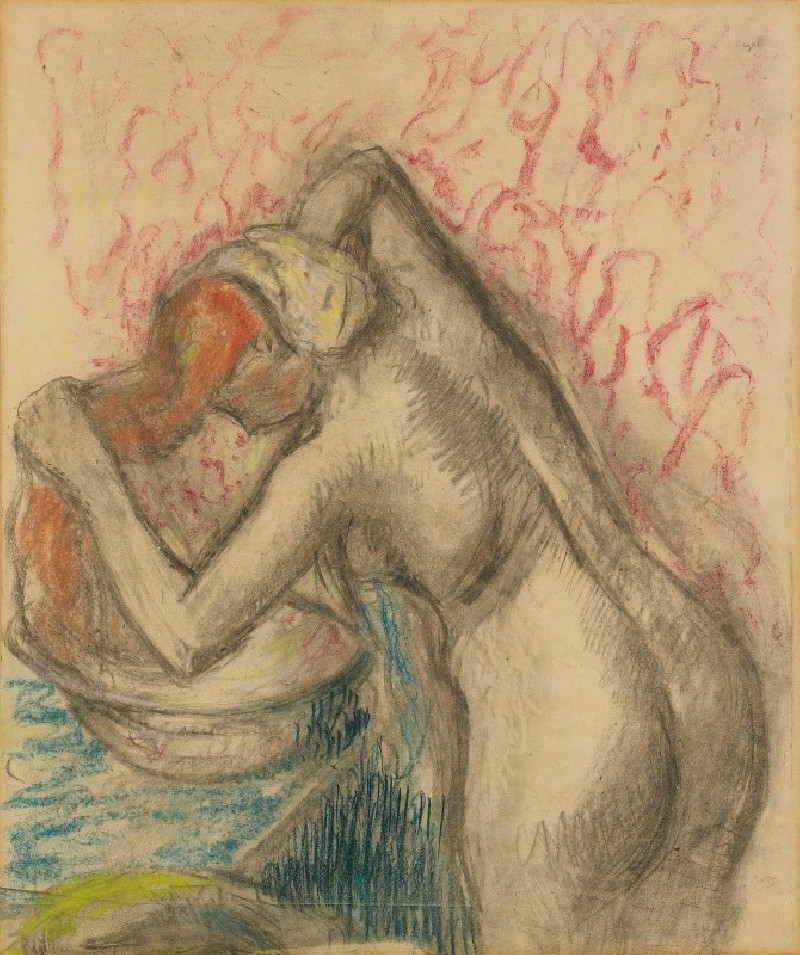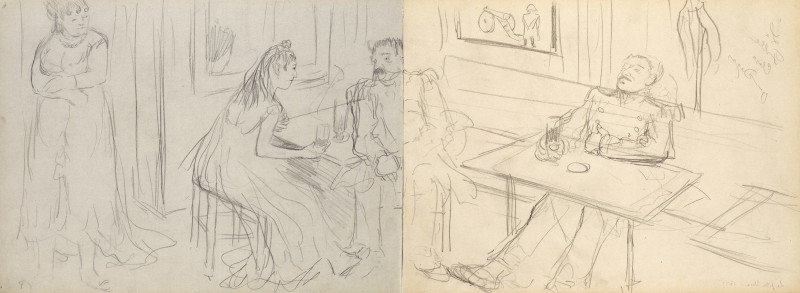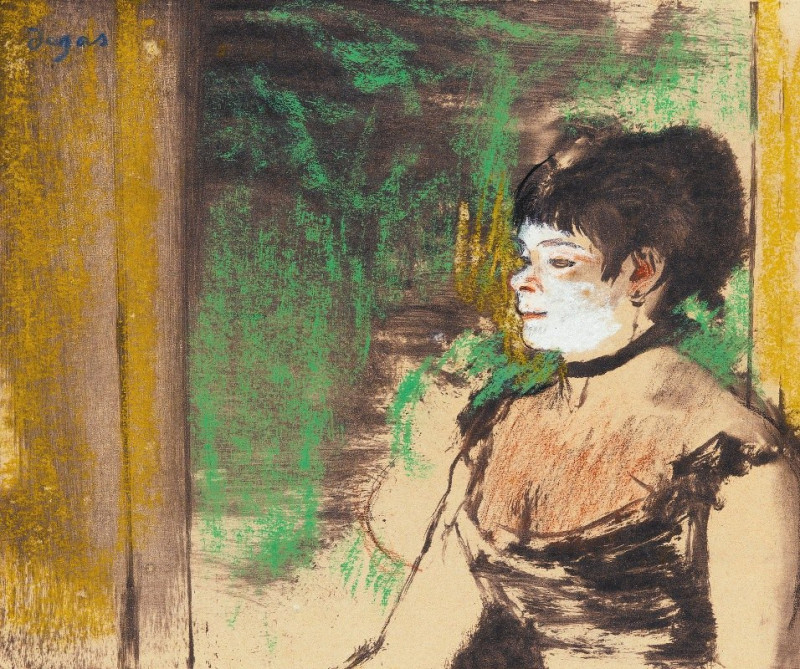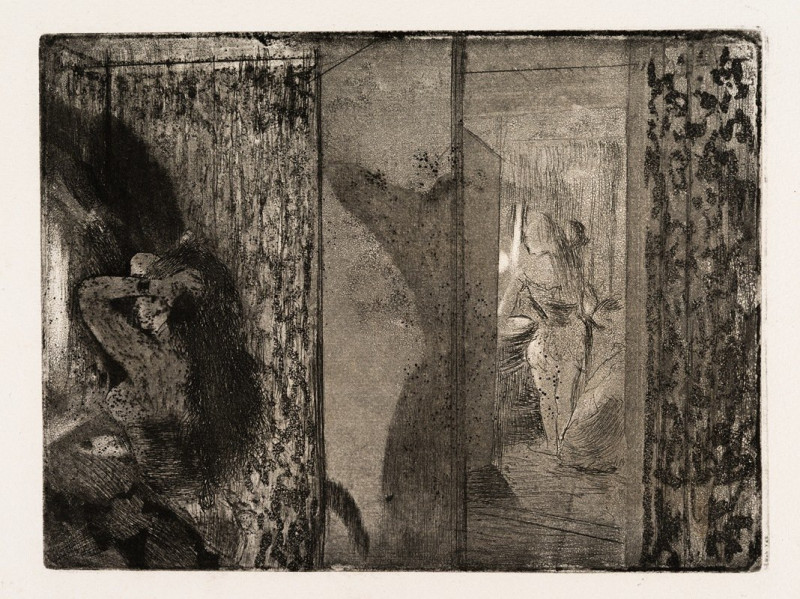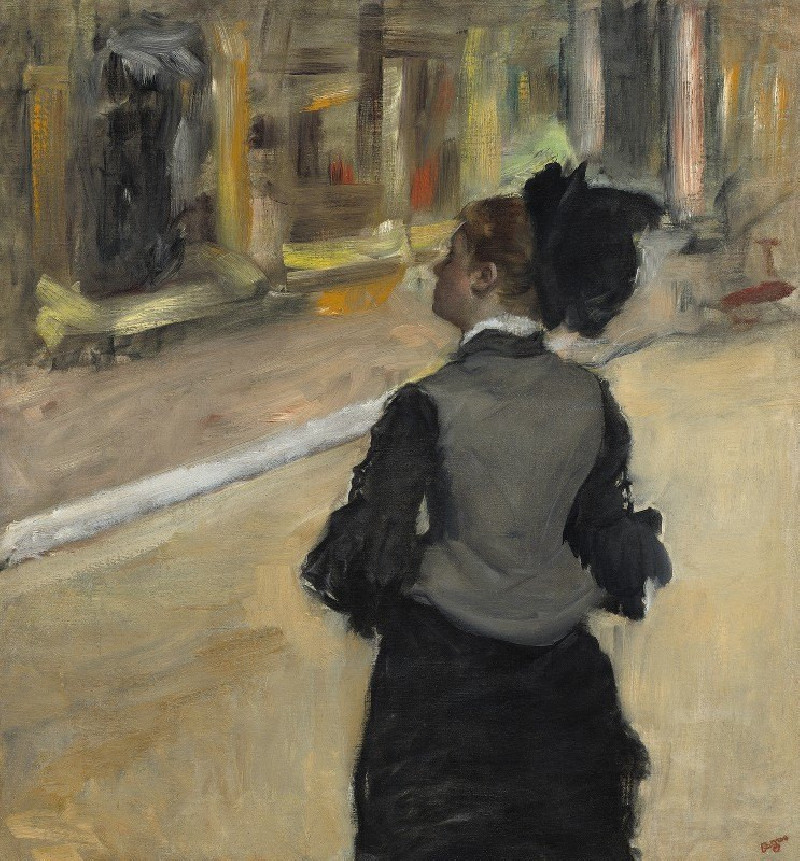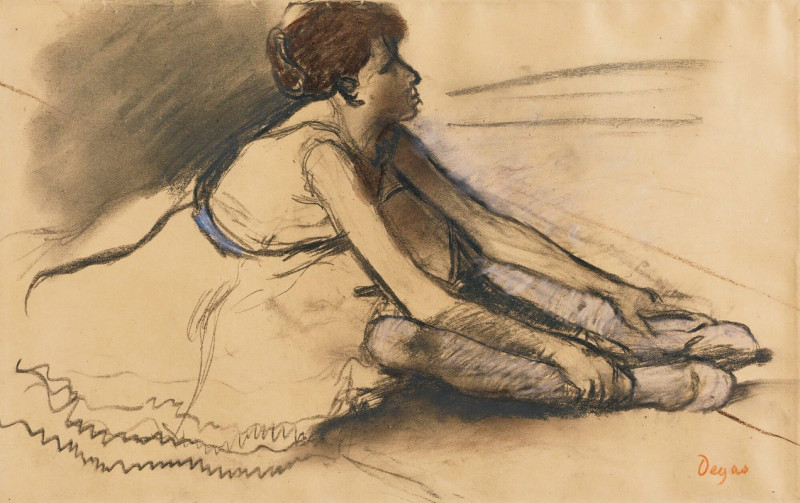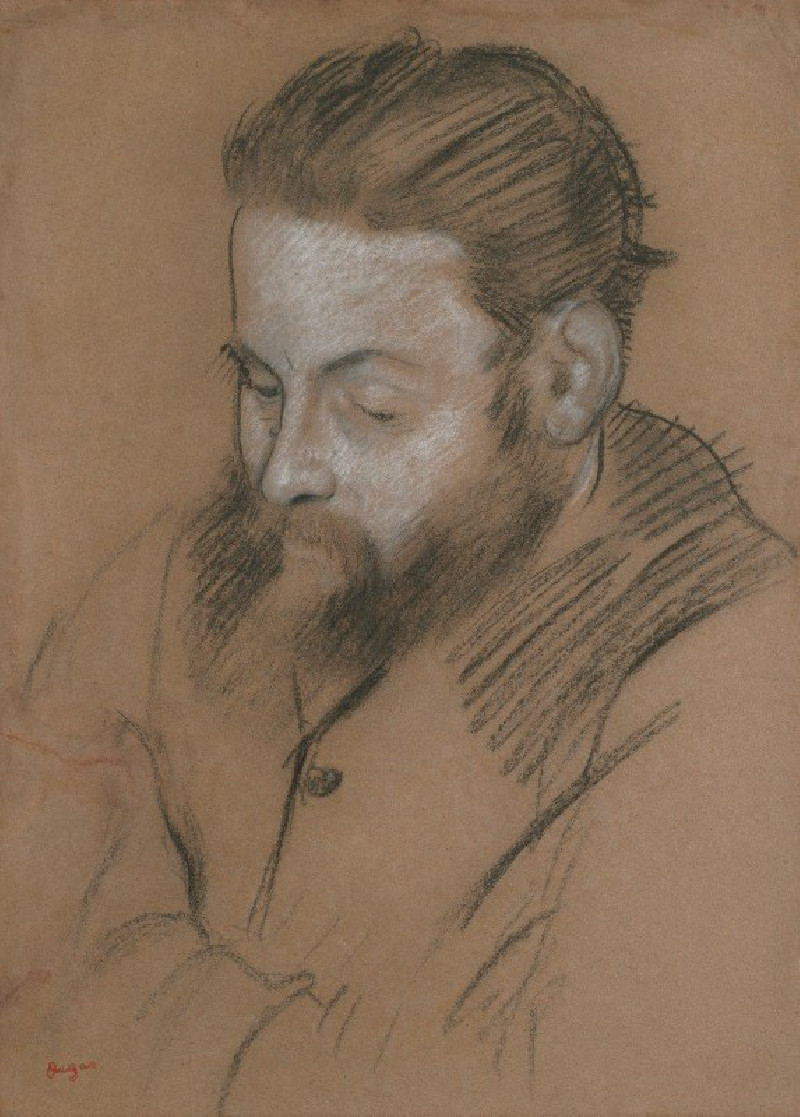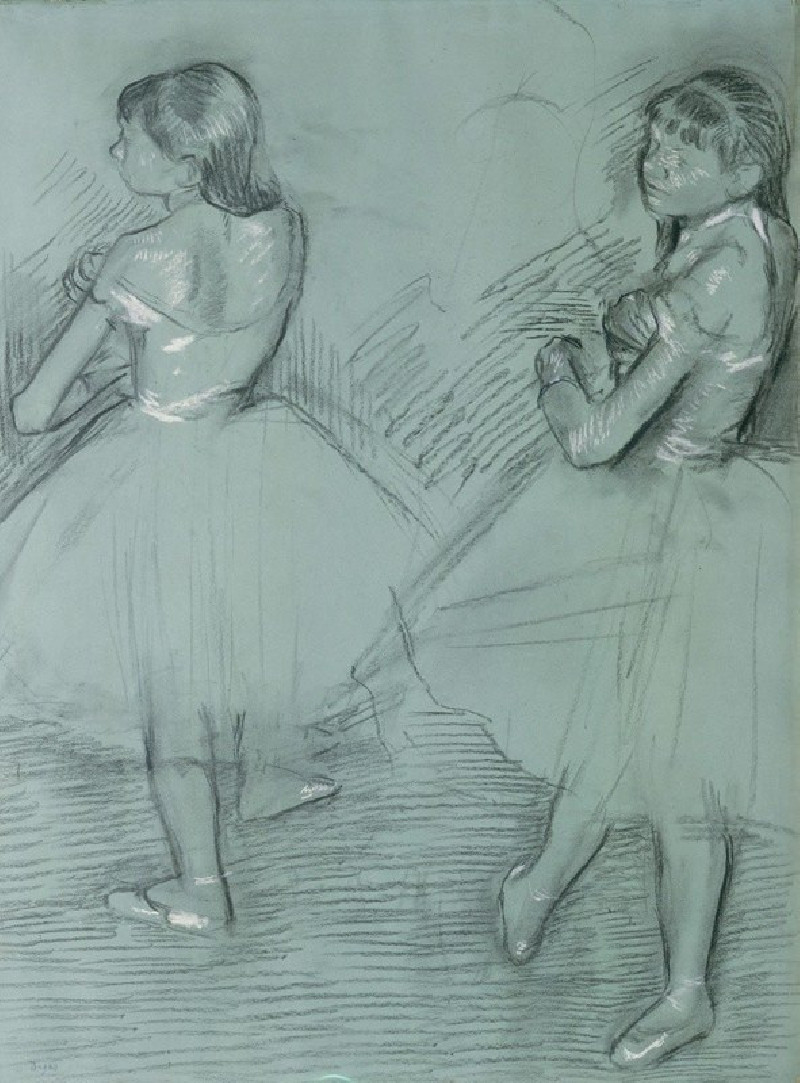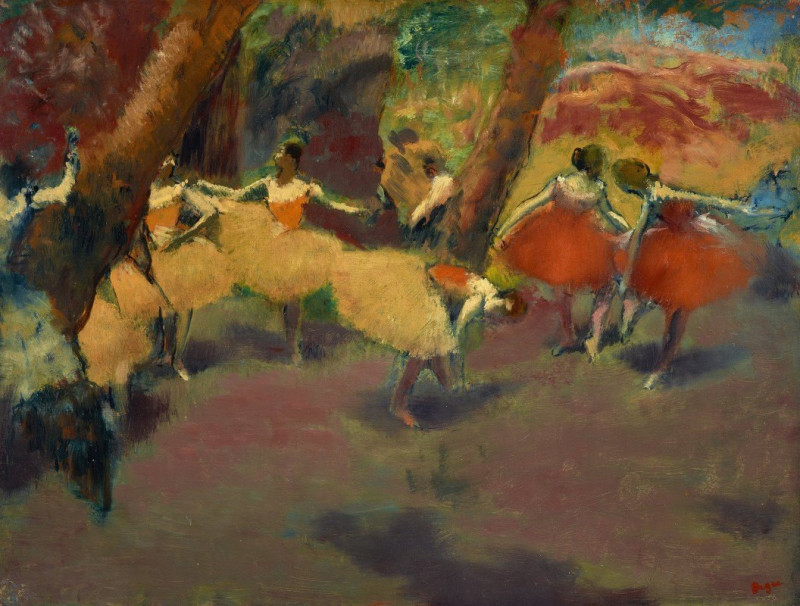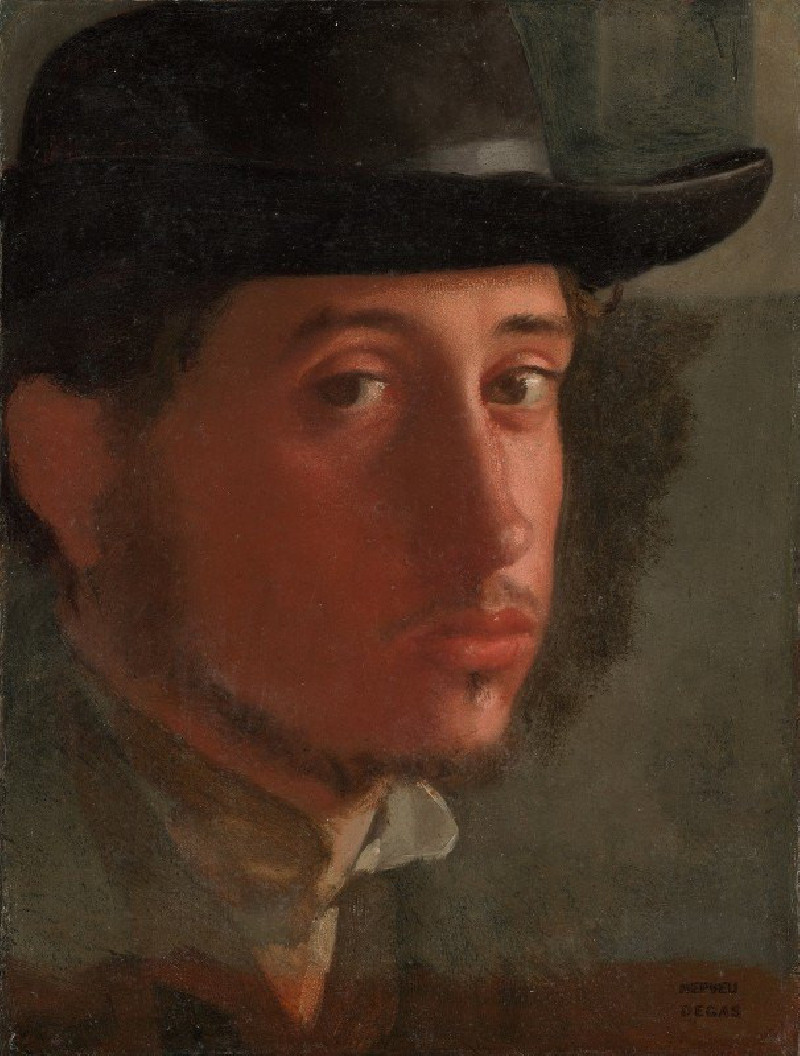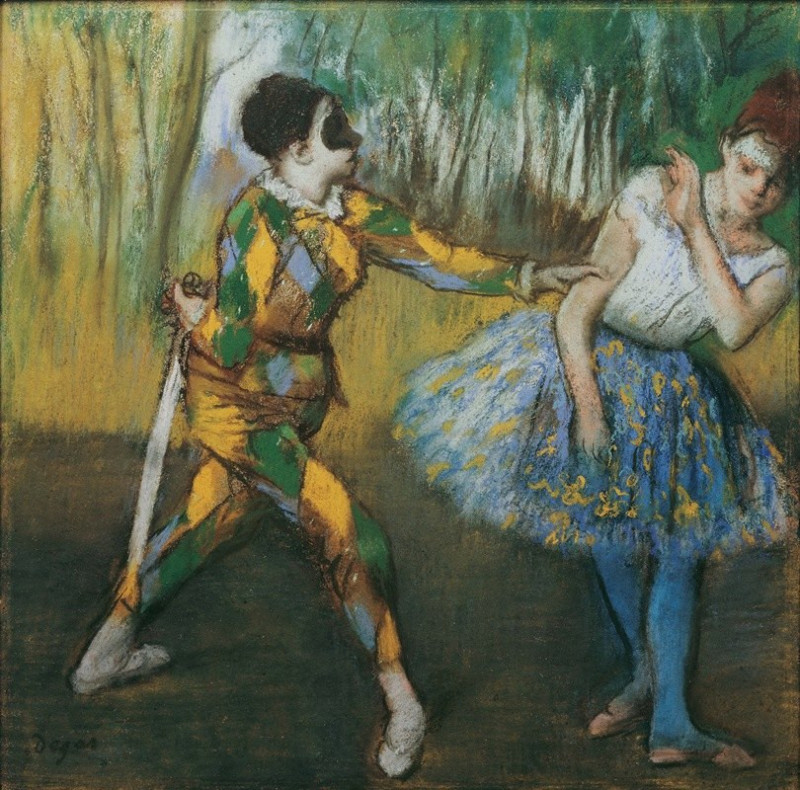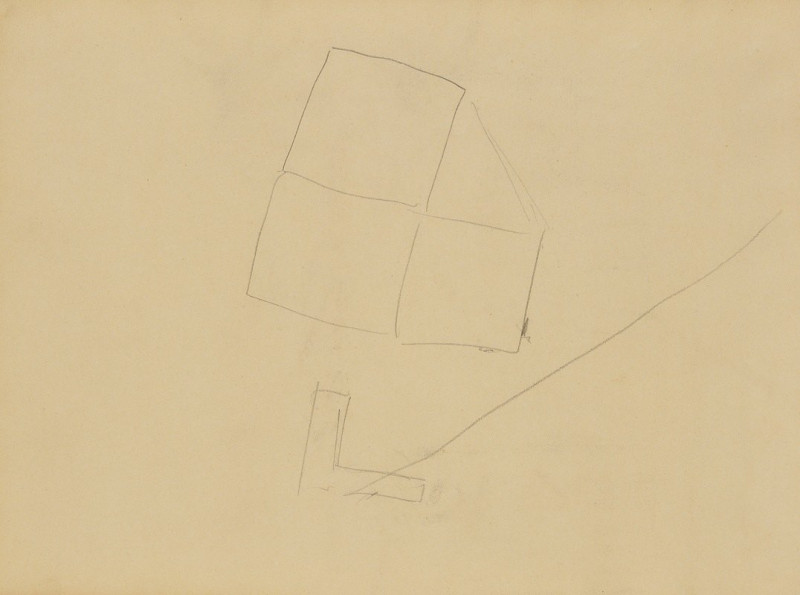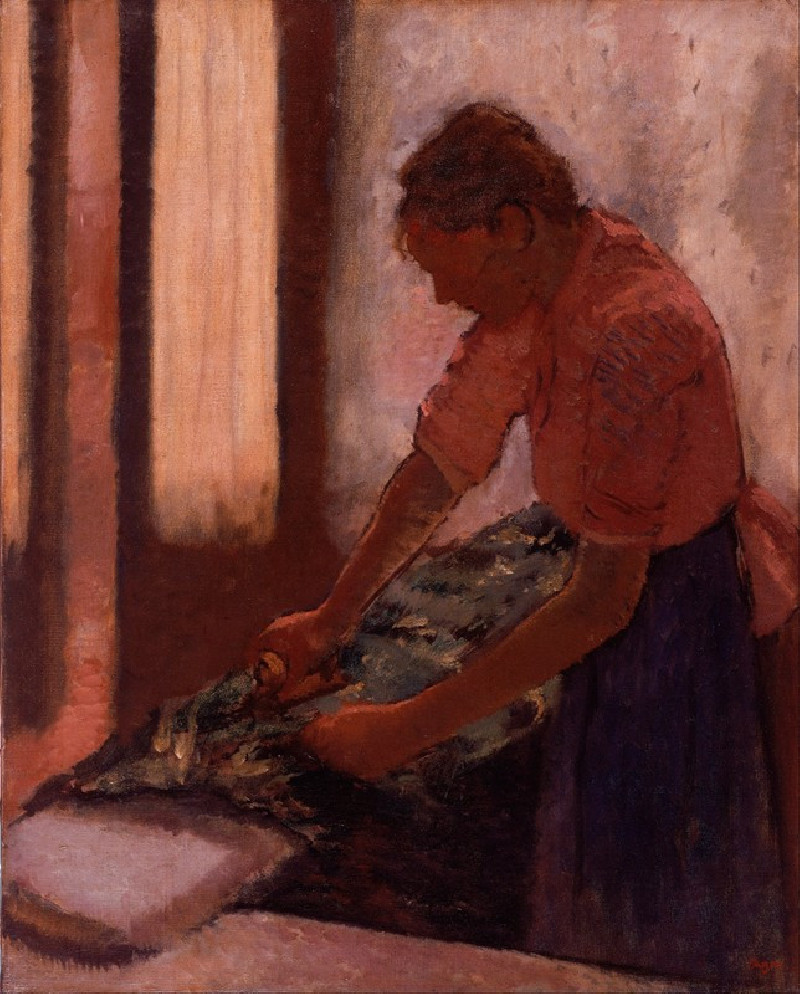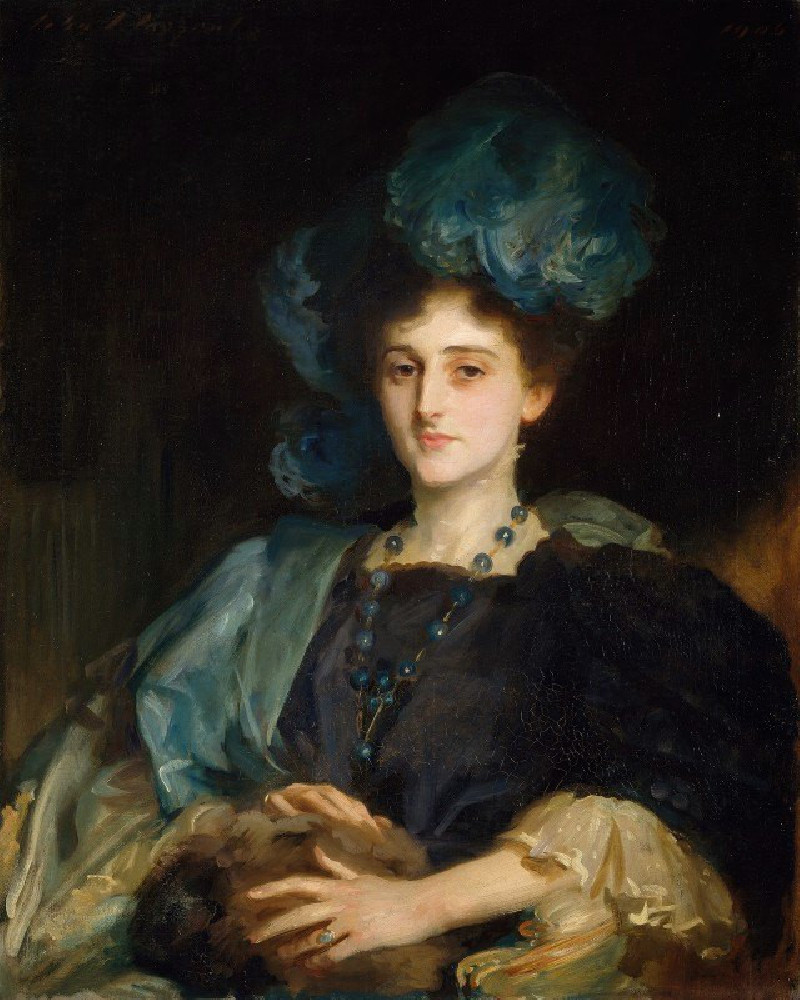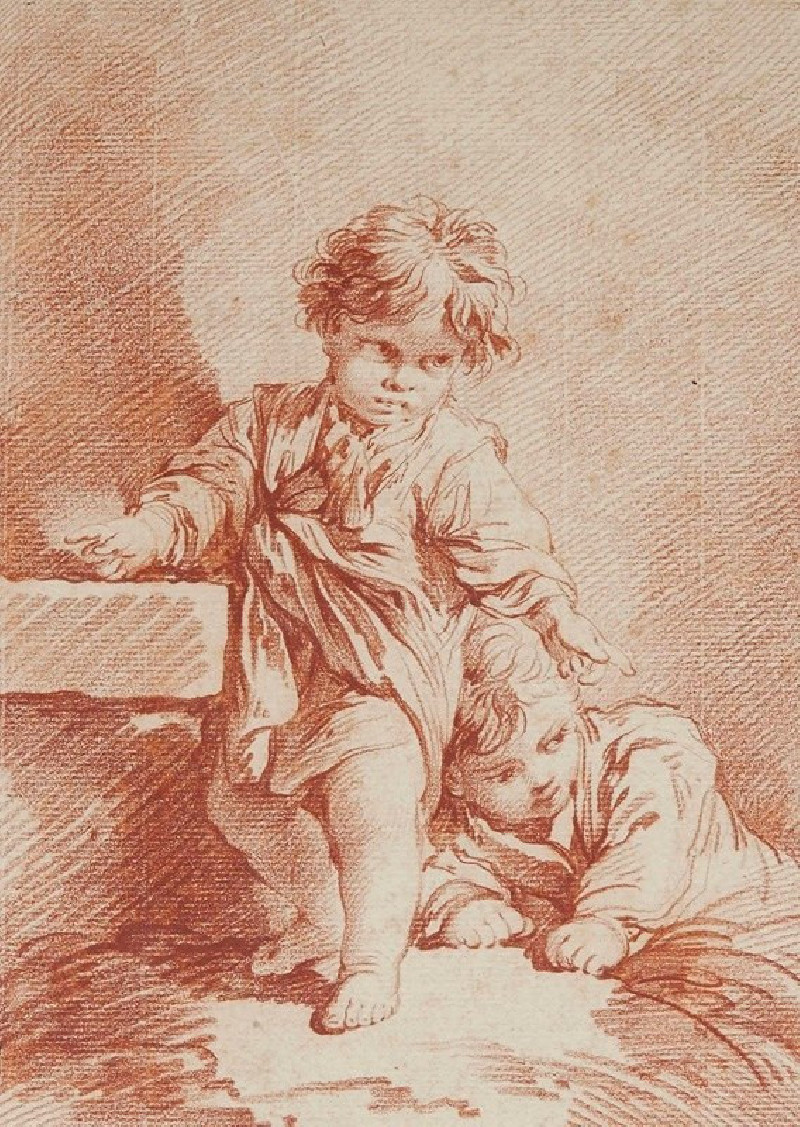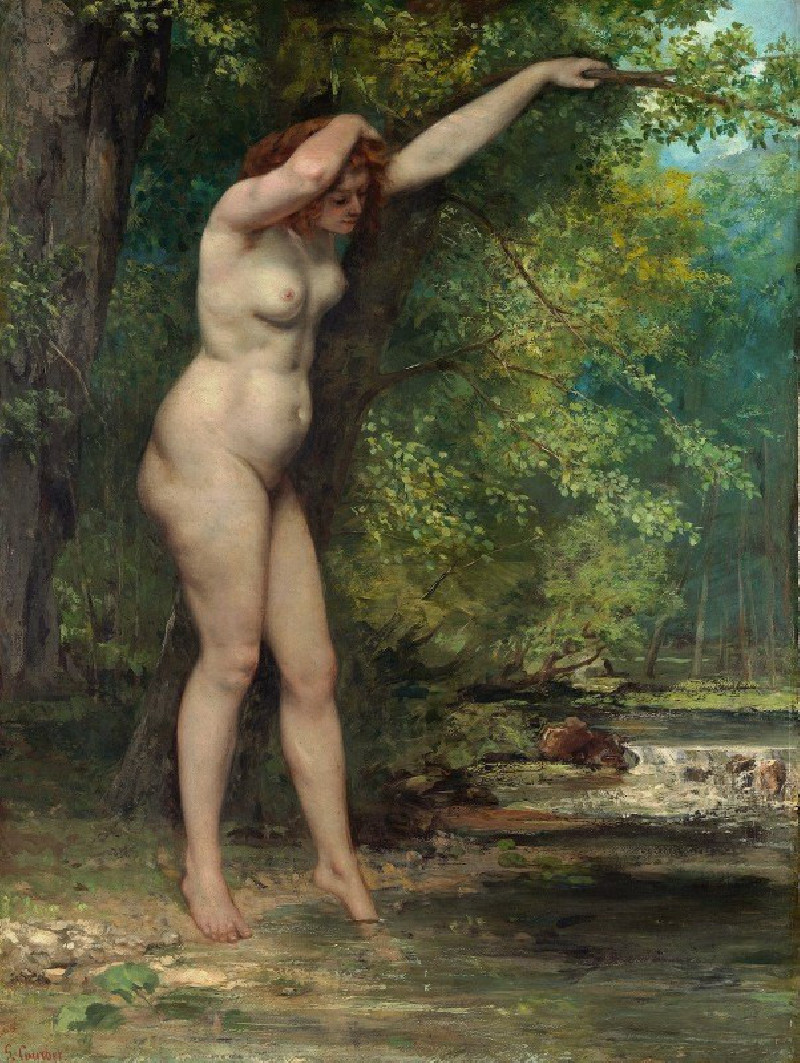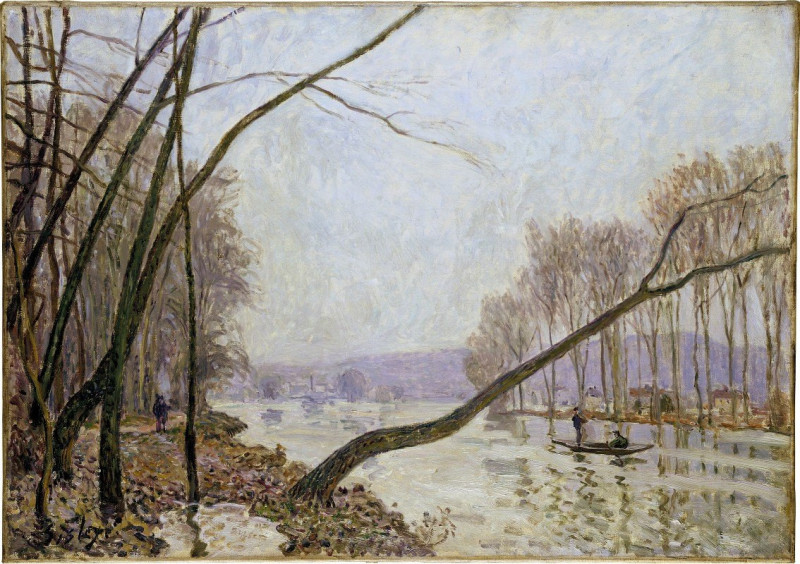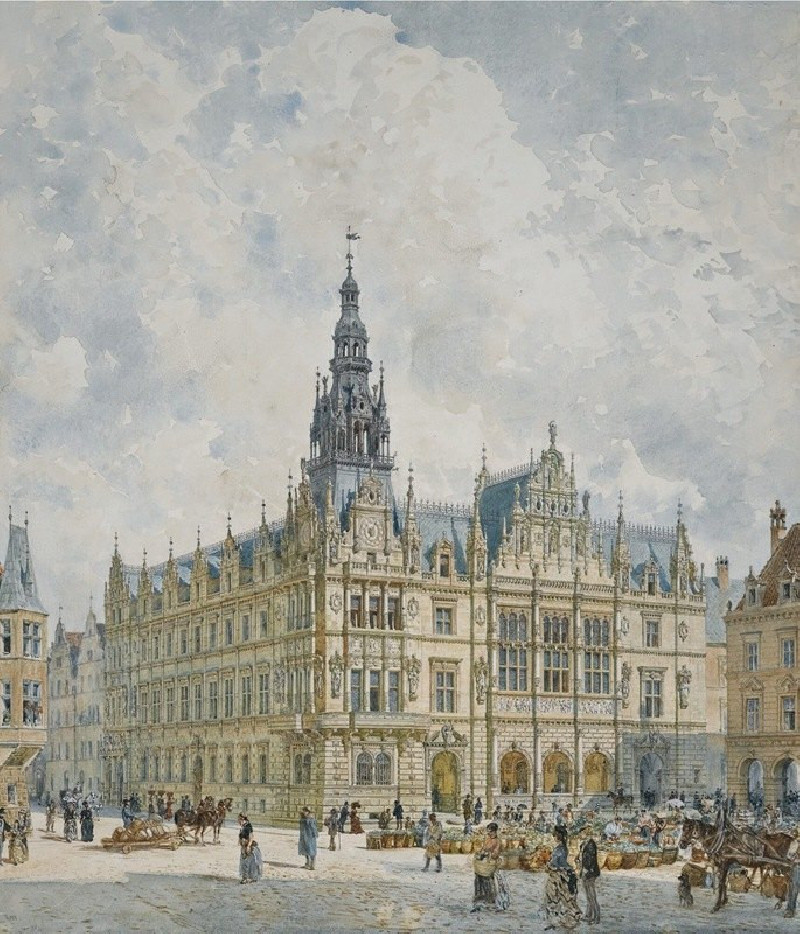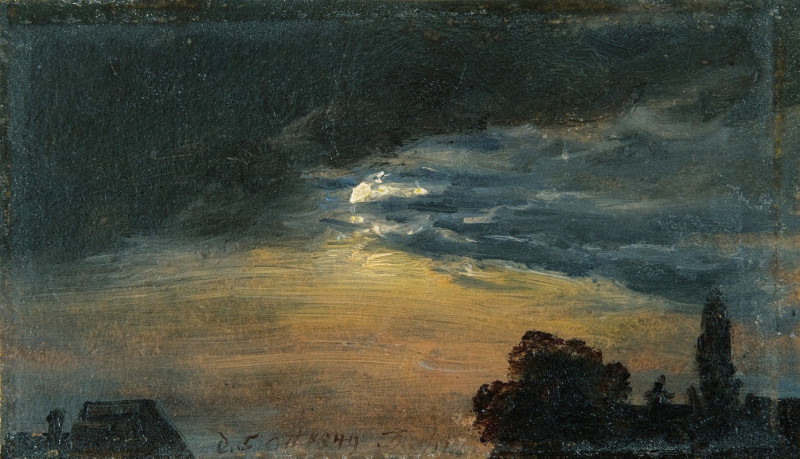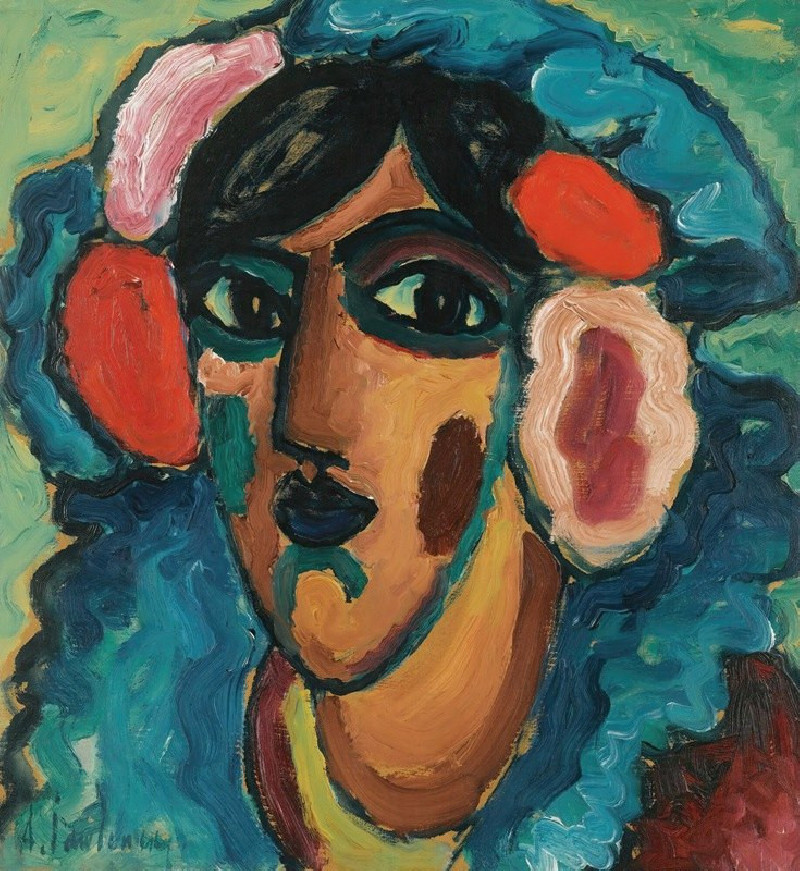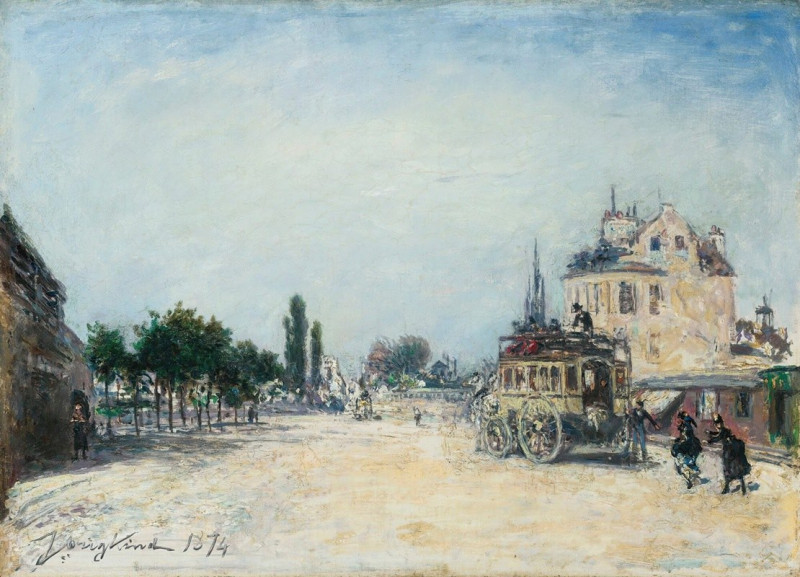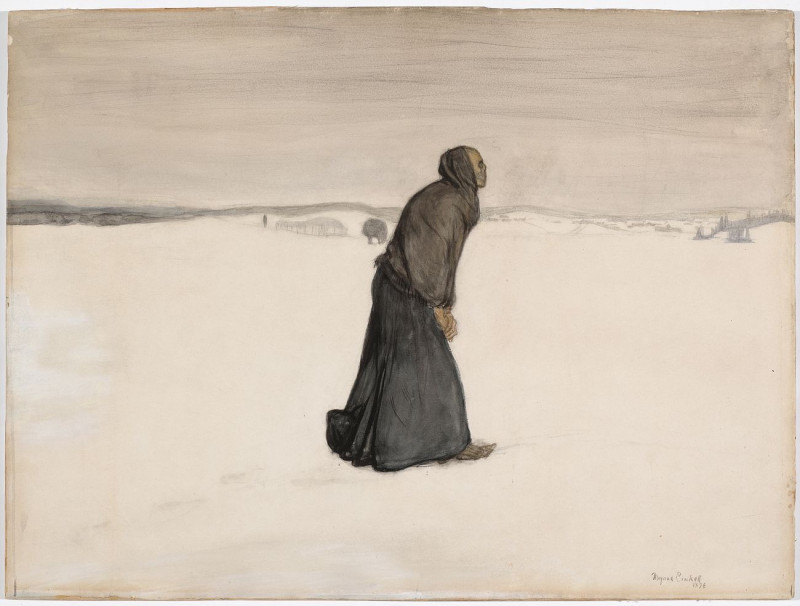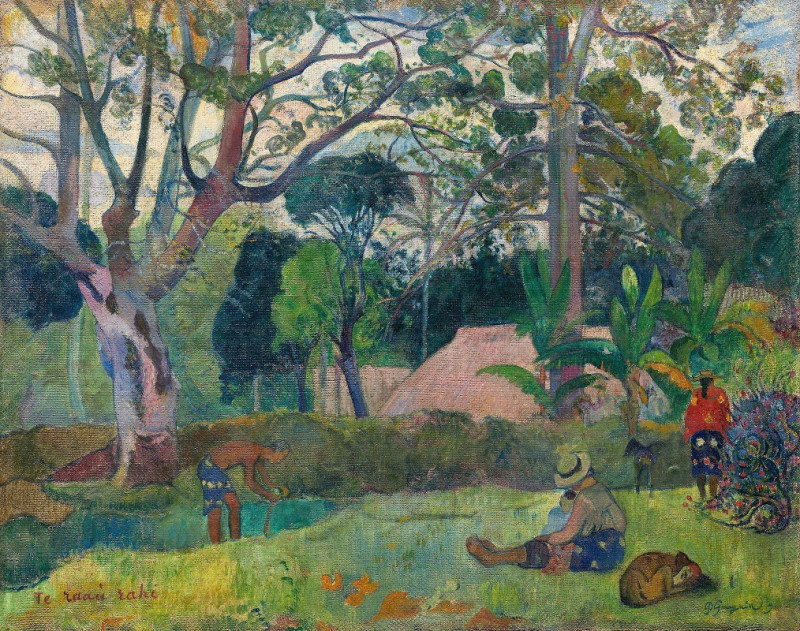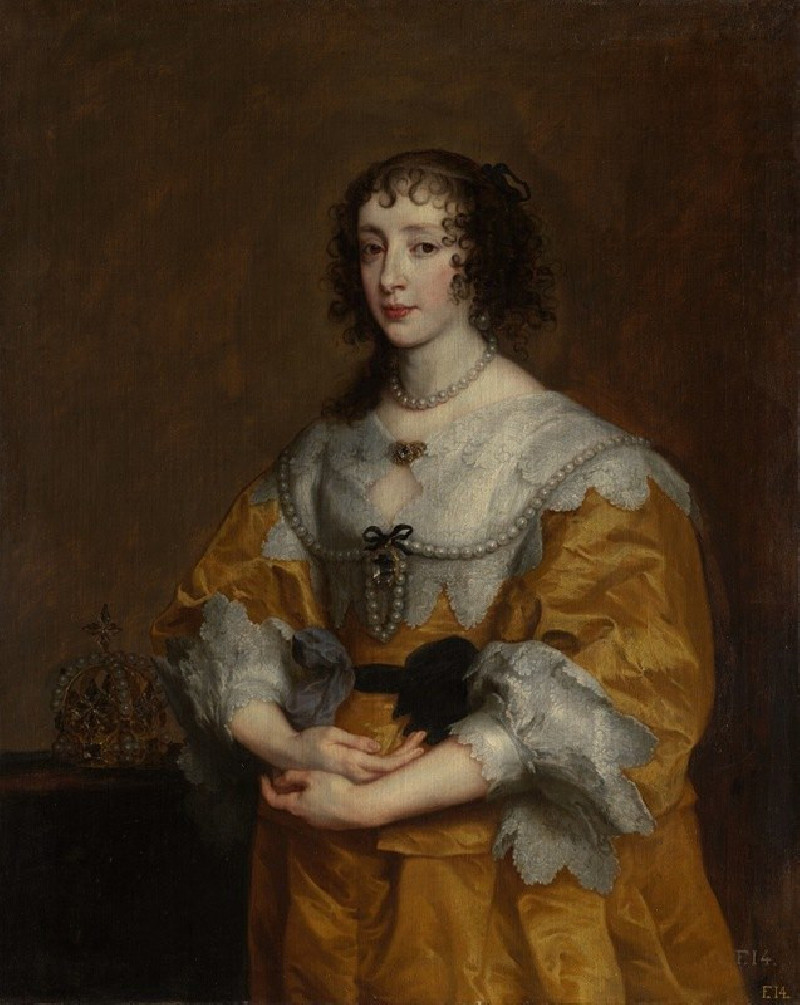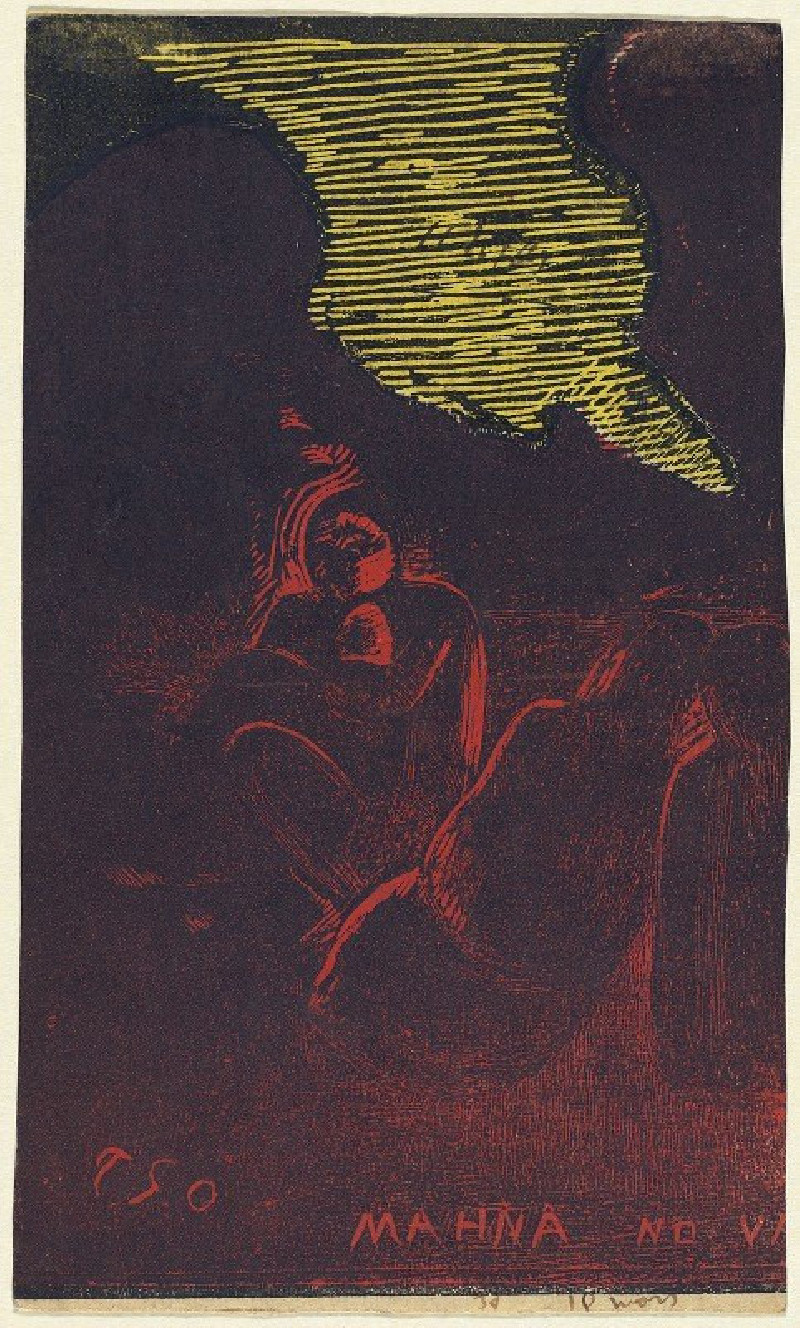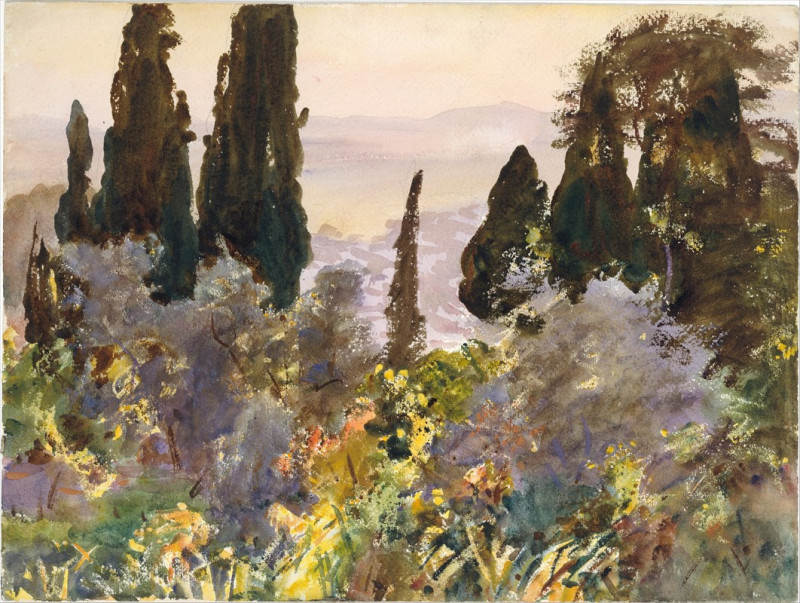Homme vu de dos (étude) (1856)
Technique: Giclée quality print
Recommended by our customers
More about this artwork
We invite you to explore a remarkable piece by the illustrious French artist Edgar Degas, renowned for his profound contribution to Impressionism. The artwork titled "Homme vu de dos (étude)" which translates to "Man Seen from the Back (study)" is a captivating study that highlights Degas' mastery in rendering the human form with precision and expressive detail.Created in 1856, this drawing showcases a male figure from behind, depicted in an upright stance holding a staff across his shoulders. The positioning of the figure adds a dynamic element to the static pose, suggesting movement and strength. The man’s muscles are exquisitely detailed, emphasizing Degas' skillful use of line to contour and define the human anatomy.The medium used appears to be graphite or charcoal on paper, providing a soft yet exact medium for Degas’ intricate strokes. The delicateness of the shading accentuates the natural curves and musculature of the human back, while the subtle play of light and shadow enhances the three-dimensional effect.Interestingly, the choice to depict the figure from behind invites viewers to engage their imagination about the identity and story of the man, while appreciating the universality and anonymity of the form."Homme vu de dos (étude)" serves not only as a testament to Degas’ artistic skill and his understanding of human anatomy but also reflects the artist’s continual exploration of movement and posture. This piece is an exquisite example of how studies such as this form the scaffold for Degas' larger, more complex compositions.We are delighted to share this intimate glimpse into the artistic process of Edgar Degas.

